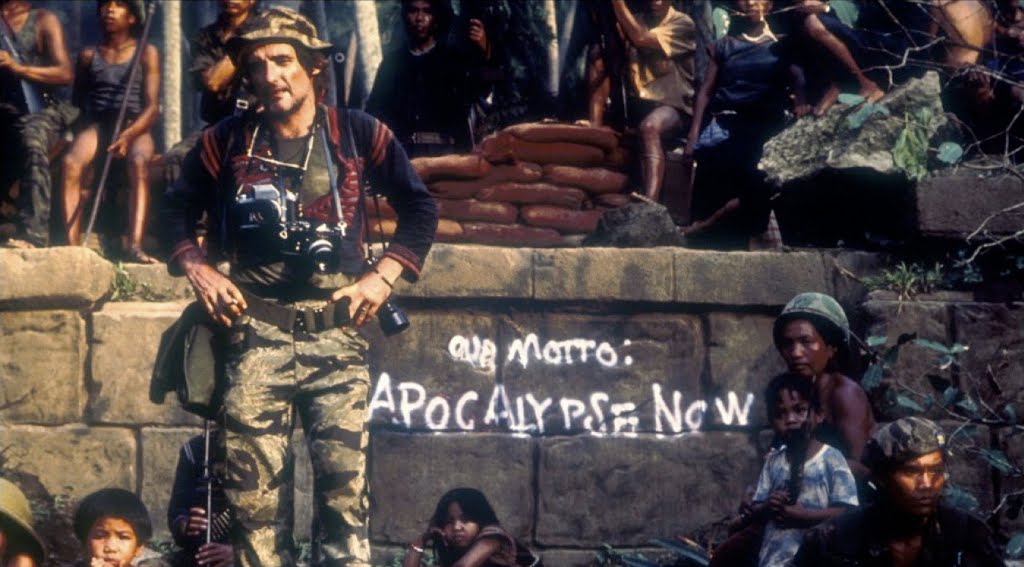A little girl interacting with a deer would make all the sense in the world on a calendar or a hallmark card or, more to the point, a storybook, which is why the image is used ironically in two new cinematic fairy tales. They're shorthand to let you know that things aren't as they should be. In Hanna, a disorienting, unsuccessful actioner from England's Oscar-bait king Joe Wright (Atonement, The Soloist), it's meant to establish the fable's heroine and her unconventional relationship to the world. In The Sleeping Beauty, the latest bedtime story from unflinching arthouse provocateur Catherine Breillat (Fat Girl, Sex is Comedy) it's meant to illustrate the strange powers and journey of the princess at the heart of the story. The image not only works as shorthand for the kind of stories being told but also for the hand of each director. Wright bludgeons the viewer with assaultive and embarrassingly earnest images, taking the deer as his first victim; Breillat deftly blends it into the texture of the dream world she's created, a world in which you've already either become absorbed or remain outside by the time the princess mounts the creature and rides it across the tundra in search of her next task. The movies are both hit or miss propositions, worlds so totally and esoterically designed that there is no mistaking them for reality, but only one of them intended to be pure fantasy.


Meanwhile in a pocket of tiny theatres, another bedtime story plays to smaller crowds. The Sleeping Beauty is the latest from Catherine Breillat who, after taking her brand of harsh emotional exploration to its logical end in 2004's Anatomy of Hell and then suffering a stroke shortly after, reinvented herself as a teller of beautiful, historical bedtime stories. 2007's near-perfect The Last Mistress led to 2009's cute-and-twisted Bluebeard and finally to The Sleeping Beauty, a movie equal parts dream and road movie. Those familiar with the Charles Perrault story or the Disney movie know the outline but can't predict the form it takes in Breillat's modernist mold. After being cursed to die a premature death but having her sentence commuted to a long and deep sleep, princess Anastasia enters a dream world full of trolls and gypsies that leads ultimately to reality and fantasy mixing in service of discovering what it means to be worshipped and then forgotten. What starts as a parable about a girl coming of age becomes a very real examination of gender roles and male expectation. The layers of fantasy are slowly peeled away until we find ourselves looking at two kids in 21st century France trying to figure out how they can learn from an age-old story. The same problem exists in Hanna; fairy tales don't work when you bring them into the real world, no matter how much style you employ. Breillat uses costumes and natural wonders to craft a place you can recognize but not something you can confuse for Anastasia's waking life. Wright wants to blend them and fails because he has nothing to say, and even with ten times the budget can't find anything as striking or haunting as Anastasia riding her doe under the Aurora Borealis. It's a timeless image and, like the tale it reinterprets, is bigger than one telling. In Wright's movie, our heroine learns a lesson that can't be taught in good conscious: kill everyone or be killed. To ask "why" is anathema to the Hanna. To ask the same in Breillat's film yields endless possibilities. It's a rich text that I'm pleased to say I don't fully understand. "I don't want to kill you, but I'm itching to" says the gypsy princess to Anastasia in The Sleeping Beauty. At no point does anyone ask why Hanna must be set loose to kill. I'd take quizzical restraint over flashy id and generic convention any day. Put simply: a deer is more beautiful alive than dead.

No comments:
Post a Comment